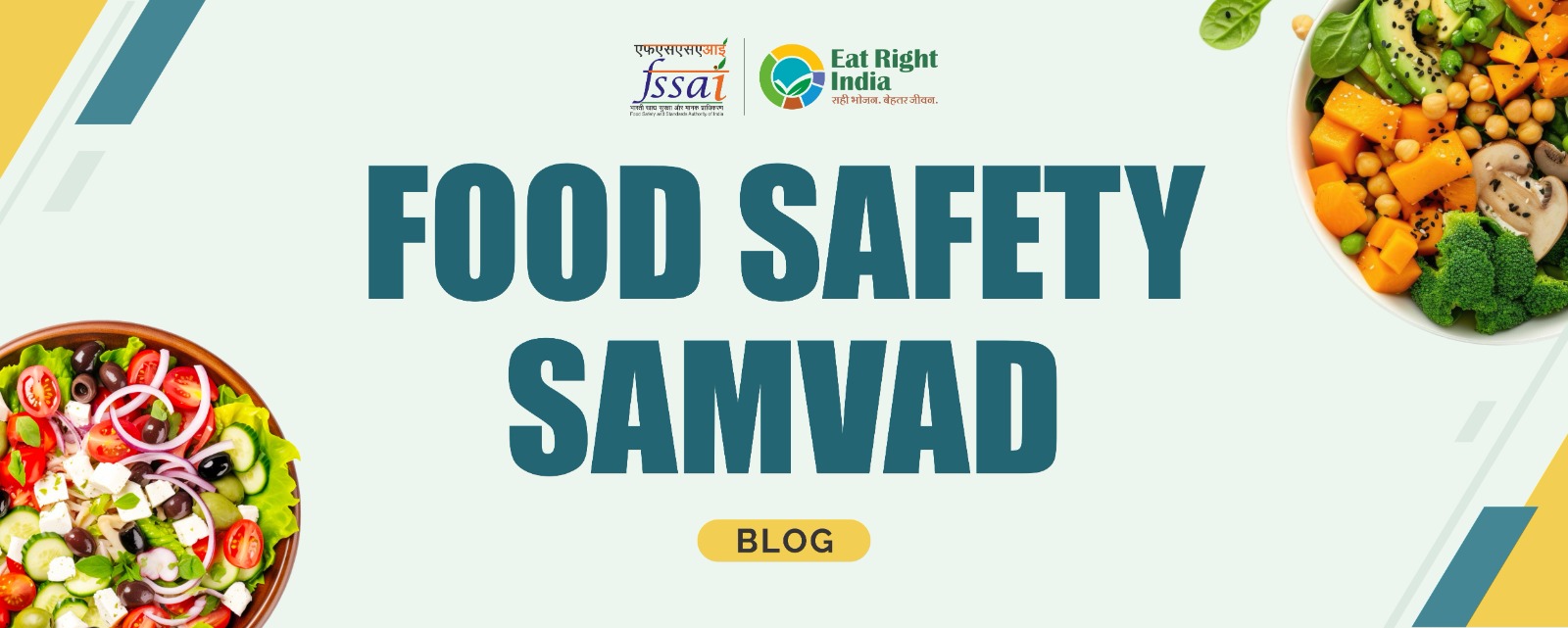
Rhodamine B and Associated Food Safety Issues
“Whatever may be the father of a disease, all ill-diet is the mother” as was rightly pronounced by Dr. George Herbert. Unhealthy processed foods have become a part of our daily diet. Such foods are often added with illegal food dyes specifically synthetic ones as coloring agents having genotoxic or carcinogenic properties and thus is a matter of public health concern. Consumption of artificial food dye has increased many folds in the last 50 years, and children are the biggest consumers. Some dyes may contain cancer-causing contaminants. Food dyes such as Erythrosine, Carmoisine, and Tartrazine are the leading causes of liver carcinogenesis. Azo dyes and triphenylmethanes are the most common classes of illegally added food dyes. The toxic activity of azo dyes, which are widely used in industry, is a result of their metabolism. The enzyme-mediated azo reduction leads to formation of active aromatic amines attacking DNA. Intake of
these agents in amounts higher than the advised daily intake (ADI) has been shown to have adverse effects in mammalian models. An understanding of the causal mechanisms that link food color and cancer is still evolving. Adverse health effects of food colors are well documented.
The scenario of usage of synthetic food colours in India is changing. Till recently, eight synthetic dyes are permitted to be added upto a specified level, presence of any food color beyond what is permitted under the regulation renders the food unsafe. Known for its bright pink colouration, Rhodamine B the chemical is toxic for humans and can cause oxidative stress on cells and tissues if ingested.
FSSAI authorized food labs are equipped with paper chromatographic techniques for identification and uv-visible spectrophotometer and HPLC for quantification of food color.
 |
 |
 |

.png)
